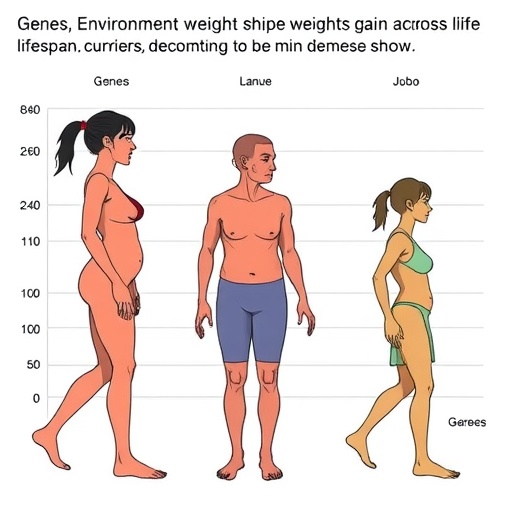The research has earned Coleman praise and accolades in a variety of publications, including a spot on San Diego Magazine’s 2013 “50 People to Watch” list; speaking engagements, including a recent TEDx San Diego event; and funding, including a $100,000 challenge grant from the Bill and Melinda Gates Foundation.
“I’m just enjoying the ride, following my nose,” said Coleman, 35, who evolved his education and training from electrical engineering to computer engineering to computational neuroscience. The Dallas native and Massachusetts Institute of Technology graduate was recruited from the University of Illinois to UCSD’s bioengineering department in the summer of 2011.
“We have a very entrepreneurial research group in the lab,” Coleman said. “I let them know the different things that are out there, and leave it to them to carry on and figure out what to do.”
It’s an exciting field of research, he added.
“The state of wearable technology is going to be increasingly ubiquitous,” Coleman said, noting sensors have the potential to maintain a standard of affordable, consistent patient care, and give more power to individuals to monitor their own health. “We could watch how we respond to food without waiting for monthly check-ups. We’re not as reliant upon the doctor, and are better informed for ourselves.”
Epidermal electronics will have multiple applications because of their ease of use, Coleman said.
“Whenever you make something less clunky, the benefits are many-fold,” he said. “The devices are much less intrusive, with no belts or straps. And because they integrate so naturally with the skin, you get a better reading, which is of great use to the clinician.”
Beyond health care, Coleman said the technology is “intriguing from a science fiction perspective” because it could monitor brain activity “without even needing a behavioral input.” For instance, if you were shopping online, the sensor could intuitively help you find items of interest much quicker, according to Coleman.
“It has the potential to change the ways we interact,” he said.
Coleman said he’s increasingly asked to speak at academic conferences about both the applications and the implications of wearable technology.
“There are a good number of people who are advancing the technology, but we also need to consider the ethics of it,” he said. “It’s a fascinating discussion.”
The public’s response to these sensors often depends on what age group Coleman is talking to. Those who are over age 40 want to know how their privacy will be affected. Those under 40 — particularly among high school and college students — want to know how they can use the sensors for gaming and text messaging, Coleman said.
It’s a topic Coleman said needs to be addressed sooner than later.
“The pace of radical technology is increasing faster and faster,” he said.
Coleman’s academic research is finding a place in the business world. A start-up company in Cambridge, Mass., called MC10 is taking some of the concepts that Coleman’s lab has published and building it to scale. Meanwhile, Coleman and a research scientist from the Salk Institute are launching their own company, called Neuroverse, to pick up patents focused on the neurological applications and consumer products that could be possible with the on-body sensors.
“We’re in the very early stages,” Coleman said.
By JENNIFER McENTEE, The Daily Transcript | Tuesday, January 29, 2013
The above story is reprinted from materials provided by sddt.com




